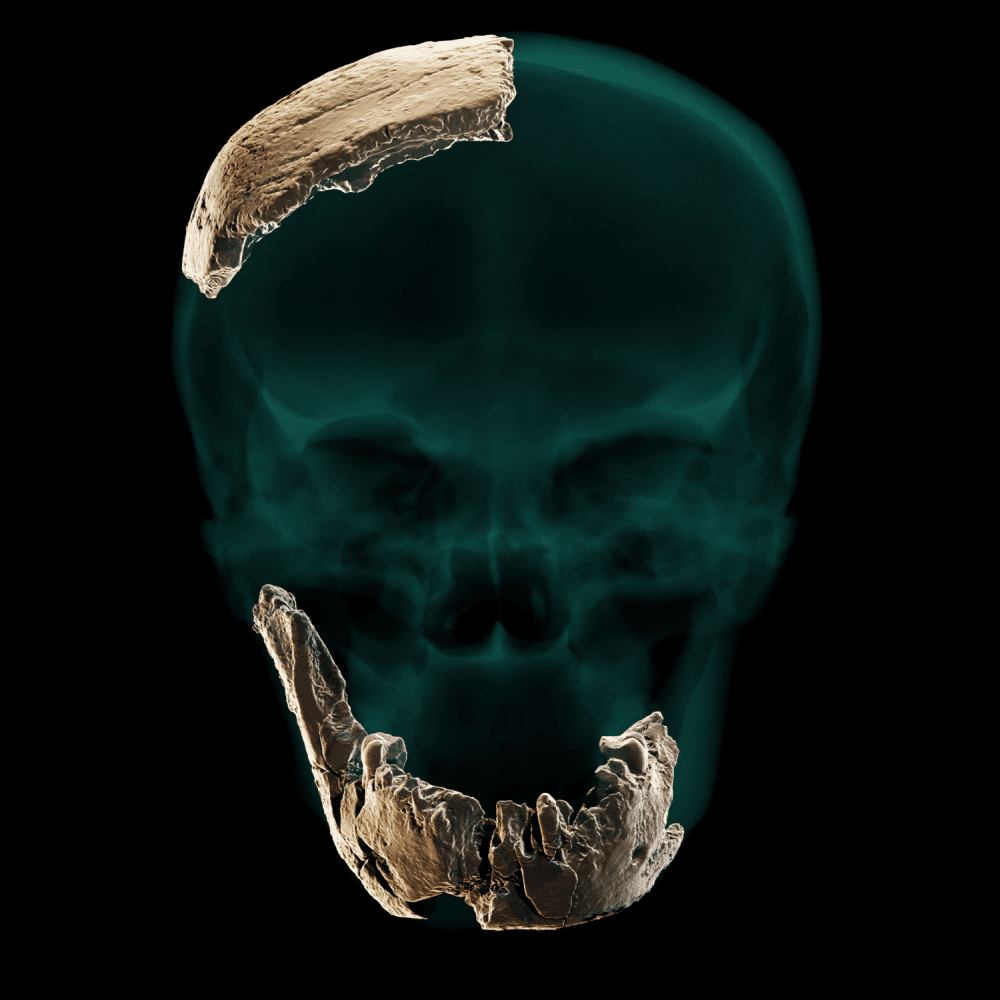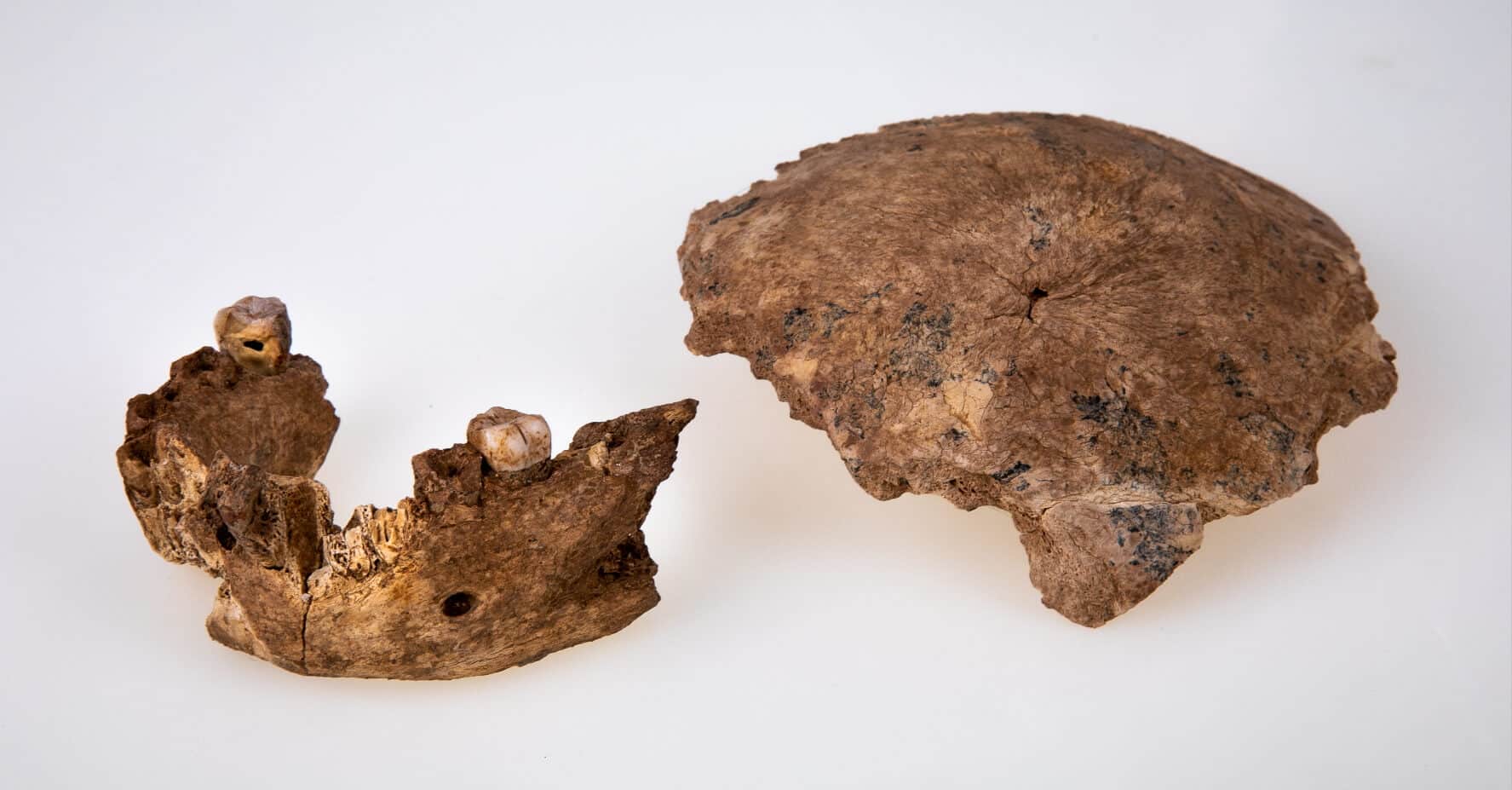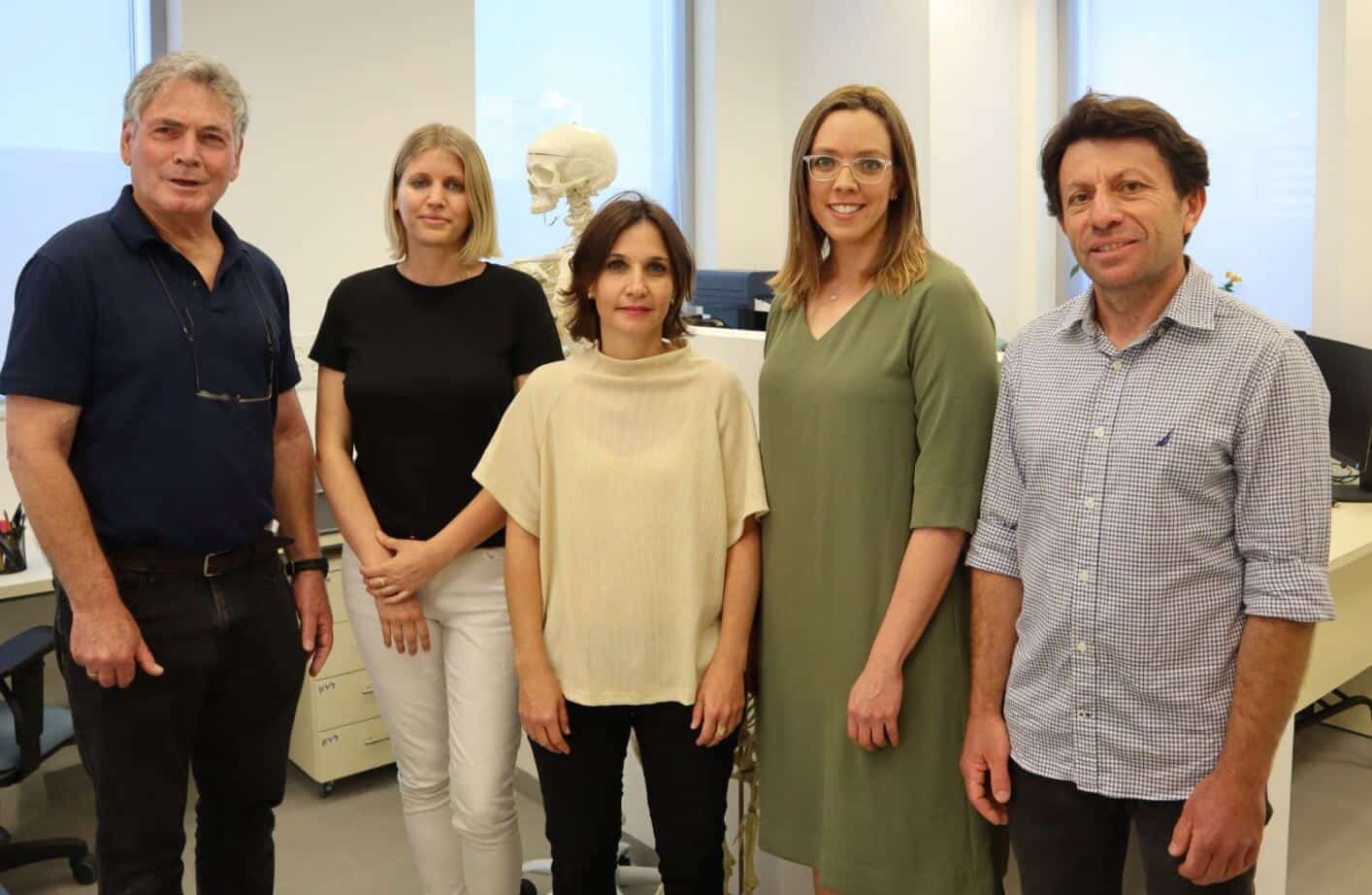The bones of an ancient human type unknown to science that lived in our region until about 130 thousand years ago were discovered in excavations conducted at the prehistoric site "Nesher Ramla", near the city of Ramla. As is customary, the new man was named based on the place of his discovery - "Eagle Man type Ramla". Apparently a remnant of a unique population from the Middle Pleistocene that has not been identified until now

"Eagle type of man Ramla" - an ancient man who until now was unknown to science: Researchers from Tel Aviv University and the Hebrew University have identified a new type of ancient man at the site of the "Eagle of Ramla" that lived in Israel until 130 years ago. According to the researchers, the morphology of the "Eagle of Ramla" human type is a general morphology, and it shares features both with the Neanderthals (mainly in the teeth and jaw) and with earlier humans such as Homo erectus (mainly in the skull). At the same time, he is very different from the modern man - the structure of the skull is completely different, he has no chin and the teeth are very large. Following the findings of the research, the researchers believe that the ancient human group "Nesher Ramla" is the origin population from which most of the human populations in the Middle Pleistocene developed, including the Neanderthals from Europe, and they are the ones who mated with the Homo sapiens who arrived in the region around 200 thousand, (according to the human find from the Mycelia Cave).
Behind the exciting discovery, which is published today in the prestigious journal Science There are two research teams: an anthropological team headed by Prof. Israel Hershkovitz, Dr. Hila May and Dr. Rachel Sharig from the Sackler Faculty of Medicine, the Dan David Center for the Study of Human History and the Shemunis Institute of Anthropology located in the Steinhardt Museum of Nature at Tel Aviv University, and an archaeological team led by Dr. Yossi Zeidner from the Institute of Archeology at the Hebrew University of Jerusalem. The excavations at the site were managed on behalf of the Zinman Institute of Archaeology, Haifa University.
Prof. Hershkowitz: "The scientific importance of finding a new type of man allows us to put order in the world of fossils, to put together another piece in the puzzle of the development of early man and to understand the journeys he took throughout the old world. The human type "Eagle Ramla" is the bridge between the Asian and European populations in the Middle Pleistocene and shows that some of the fossils of that period that were sorted into different species are actually local geographic variants of that group - the Eagle Ramla group."
Rescue excavations
The human fossil was discovered by Dr. Zeidner from the Hebrew University in rescue excavations conducted at the prehistoric site "Nesher Ramla". This site is located in the mining area of the Nesher cement factory (owned by Len Blavatnik) near the city of Ramla. During the excavation of the site, at a depth of about eight meters, many bones of animals such as horses, donkeys and wild oxen, stone tools as well as human bones were uncovered. The bones of the "new" ancient man were also found among the bones. An international team, led by researchers from the University of Tel Aviv and Jerusalem, identified him morphologically as belonging to a new type of man, which, as mentioned, was unknown to science. This is the first human type to be defined in Israel, and as is customary, the new man was named based on the place of his discovery - "Eagle Ramla human type".
Dr. Zeidner He further stated that "the discovery is extraordinary, we had no idea that alongside the ancient Homo sapiens there was another human group that survived until such a late stage in human history. If until now there were not enough findings regarding this type of person, now we have a window in time to know more about his lifestyle and culture which were very close to those of Homo sapiens". Findings regarding his lifestyle, culture and cultural connections between "Adam Nesher Ramla" and Homo Spines are also published today in the scientific journal Science in a parallel article.

Prof. Hershkowitz Adds that the discovery of the ancient man "Eagle of Ramla" challenges the accepted concept according to which the Neanderthal man originated in Europe. "Until the discovery of the new findings," says Prof. Hershkowitz, "most researchers believed that the Neanderthals were a 'European story', when small groups of them were forced to migrate south with the spread of the glaciers in Europe and even reached Israel about 70,000 years ago. The man from "Nesher Ramla" challenges this theory and shows that the ancestors of the Neanderthals in Europe lived in the Land of Israel about 400,000 years ago and from there, they migrated (in repeated migrations) west to Europe and east to Asia. The famous Neanderthals of Western Europe are nothing more than the remains of a much larger population that lived here in the Levant - and not the other way around."
Unfortunately no DNA was preserved in the fossil
According to Dr. May, although unfortunately no DNA was preserved in the Ramla fossil, the find can offer a solution to a very big question in human history: how did Homo sapiens genes get into the Neanderthal population that lived in Europe long before Homo sapiens arrived there. In previous studies, geneticists who studied the DNA of the Neanderthals in Europe assumed the existence of a Neanderthal-like population, which they called the "missing population" or "population X", which mated with the Homo sapiens population at least 100,000 years ago, and whose descendants migrated to Europe. In the anthropological article published in Science, the researchers claim that the man from "Nesher Ramla" represents the same population that is missing from the fossil evidence of man. Moreover, the researchers claim that the man from the "Eagle of Ramla" is not the only find in our region, and that some of the human fossils that were discovered in Israel in the past and that anthropologists had difficulty identifying them for many years, such as the human fossils from Tevon Cave which are about 160 thousand years old, from Zotiya Cave which are about 250 thousand years old And Kesem Cave, which are about 400 thousand years old, belong to that new human group - the Nesher Ramla human type.
"People think in paradigms," she explains Dr. Sharig, "That is why until today attempts have been made to associate these fossils with known human groups such as Homo sapiens, Homo erectus, Homo heidelbergensis or Neanderthals, and now we come and say: no - they are a group in itself with special characteristics and signs. At a later stage, small groups of the Ramla eagle human type also migrated to Europe (during interglacial periods) - where they are known as pre-Neanderthals and evolved, over time, into the 'classical' Neanderthals we know. Similarly, the archaic Asian populations that bear Neanderthal characteristics (and were considered to be a development from the local Homo erectus) are probably the descendants of populations that migrated from our regions (the Ramla eagle type of man) eastward towards Asia. Being a crossroads between Africa, Europe and Asia, the Land of Israel was a melting pot where the different human populations mixed with each other and spread over the entire Old World.

Dr. Schrig believes that this discovery of a new type of human with primitive (archaic) and Neanderthal features, with similarities to fossils from both Europe and East Asia will lead to the history of the Neanderthals being studied differently. For, it is no longer a unique European story but a much broader, European-Asian story, with the Levant being the starting point or the point of connection between the two continents.
"The discovery from the Nesher Ramla site writes a new and fascinating chapter in the story of human evolution," says Dr. Sharig. Dr. May adds: "Any new fossil that is discovered in general and in our region in particular may lead to a turning point in the story." "A common perception among anthropologists" says Prof. Hershkowitz is that "the past changes (according to the findings), only the future is certain".
And a final note: in those quarries a cave was also discovered that was cut off from the world for a long time and unique creatures developed in it. Recently it became known that there is an intention to flood the cave, perhaps the new discovery will speed up the transformation of the site into a nature reserve and the cessation of quarrying there.
More of the topic in Hayadan:
- The oldest modern human remains were discovered in a cave near Rosh Ha'Ain
- The diet of the inhabitants of Ramla 170 thousand years ago: horses, donkeys and even rhinoceroses
- Eight multicellular creatures unknown to science were discovered in a cave in Nesher Quarry in Ramla
- Research: A bone with six similar engravings is ancient evidence of human symbolism
- Prof. Amos Frumkin's article: The next disaster in Israel is just around the corner, who cares?
